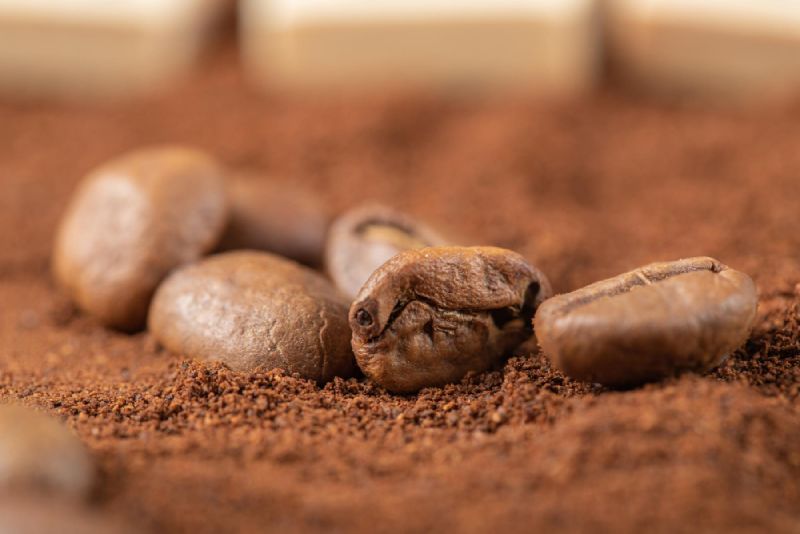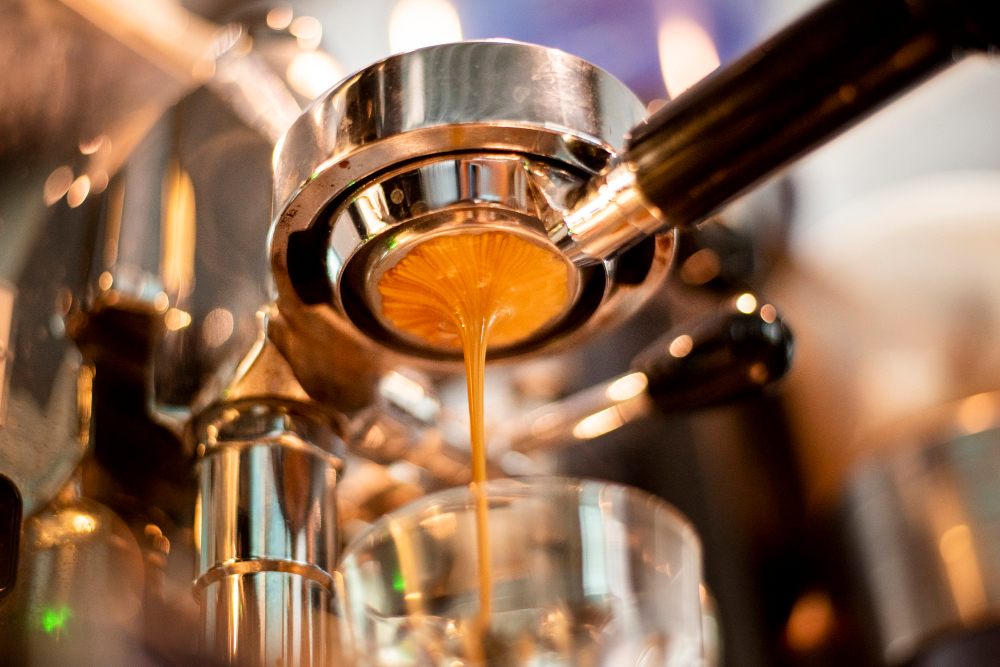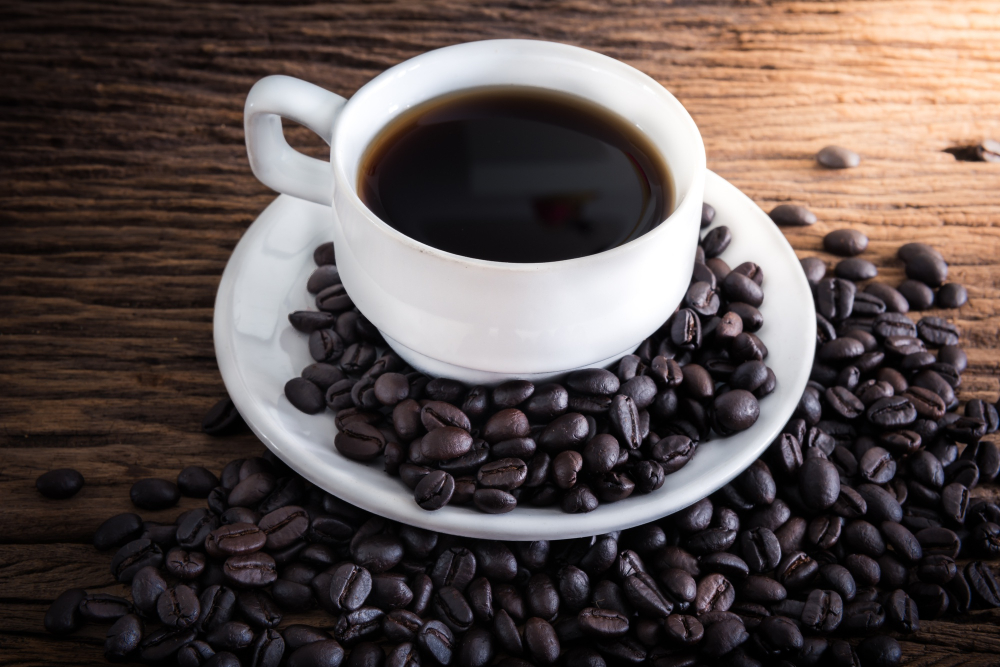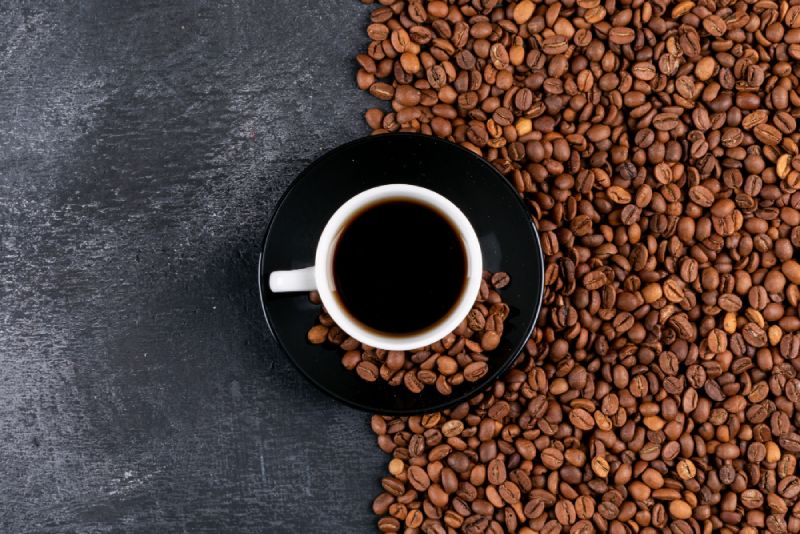Espresso blend coffee has long been enshrouded in myths and misconceptions, especially when it comes to its strength. To answer the question bluntly: No, espresso blend coffee is not inherently stronger than other types of coffee. However, there are various factors that contribute to the perceived strength of any coffee blend, espresso included. In this article, we’ll explore the nuances that differentiate espresso blend from regular espresso, its caffeine content, and what actually makes a coffee “strong.

This coffee offers an award-winning flavor profile that is rich, full-bodied, smooth, and only mildly bitter. Honored with the Great Taste Award in 2017 and the Taste of the West Awards in 2014, it sets a high standard for quality. The blend consists of premium Arabica beans from Columbia, Brazil, Kenya, Ethiopia, and India, and is roasted in small batches in the UK for maximum freshness, aroma, and flavor.
Is espresso blend the same as espresso?
When navigating the plethora of coffee options available in the UK market, it’s easy to get confused between “espresso” and “espresso blend.” While they sound similar, they are not the same.
“Espresso” refers to a method of brewing coffee, not a specific type of coffee bean or blend.
- Espresso: A concentrated coffee brewed by forcing a small amount of nearly boiling water through finely-ground coffee beans.
- Espresso Blend: A blend of coffee beans designed to be used in espresso brewing, but can also be used in other brewing methods.
Espresso blends usually combine beans from different regions to achieve a balanced flavour profile, often striving for a mixture of sweetness, bitterness, and acidity. However, it is possible to use a single-origin coffee to make espresso.
Do espresso blends have more caffeine?
One of the most common myths surrounding espresso blend coffee is that it has more caffeine than other types of coffee. While it’s true that a shot of espresso is generally more concentrated than a regular cup of coffee, when you measure caffeine content per ounce, the story changes.
Ounce for ounce, espresso does contain more caffeine. However, a regular serving of espresso is much smaller than a typical cup of coffee.
Caffeine Content Comparison
| Type of Coffee | Serving Size | Caffeine Content |
|---|---|---|
| Espresso | 1 oz (30 ml) | 63 mg |
| Drip Coffee | 8 oz (240 ml) | 95 mg |
As the table illustrates, a single 1-ounce shot of espresso contains 63 mg of caffeine, while an 8-ounce cup of drip coffee contains 95 mg of caffeine. So, if you’re drinking an 8-ounce cup of espresso blend coffee made via drip or French press, it’s actually likely to have less caffeine than a similar-sized serving of regular coffee.
What Determines the Strength of Coffee?
If espresso blends aren’t necessarily stronger in terms of caffeine content, what does determine the strength of a coffee? It boils down to a combination of factors:
- Brewing Time: Longer brewing times can lead to stronger coffee.
- Water Temperature: Higher temperatures extract more from coffee grounds, making the coffee stronger.
- Grind Size: Finer grinds offer more surface area for extraction, resulting in a stronger brew.
- Bean Quality: Higher-quality beans usually result in a stronger and more flavourful cup.
Conclusion
When it comes to the strength of espresso blend coffee, several myths need dispelling. Contrary to popular belief, espresso blend coffee is not inherently stronger than other types of coffee, neither in terms of flavour nor caffeine content. What really matters are the brewing method, serving size, and personal preferences. Hopefully, this article has shed light on this topic for UK coffee lovers, helping you make a more informed choice the next time you find yourself pondering over the coffee aisle.



